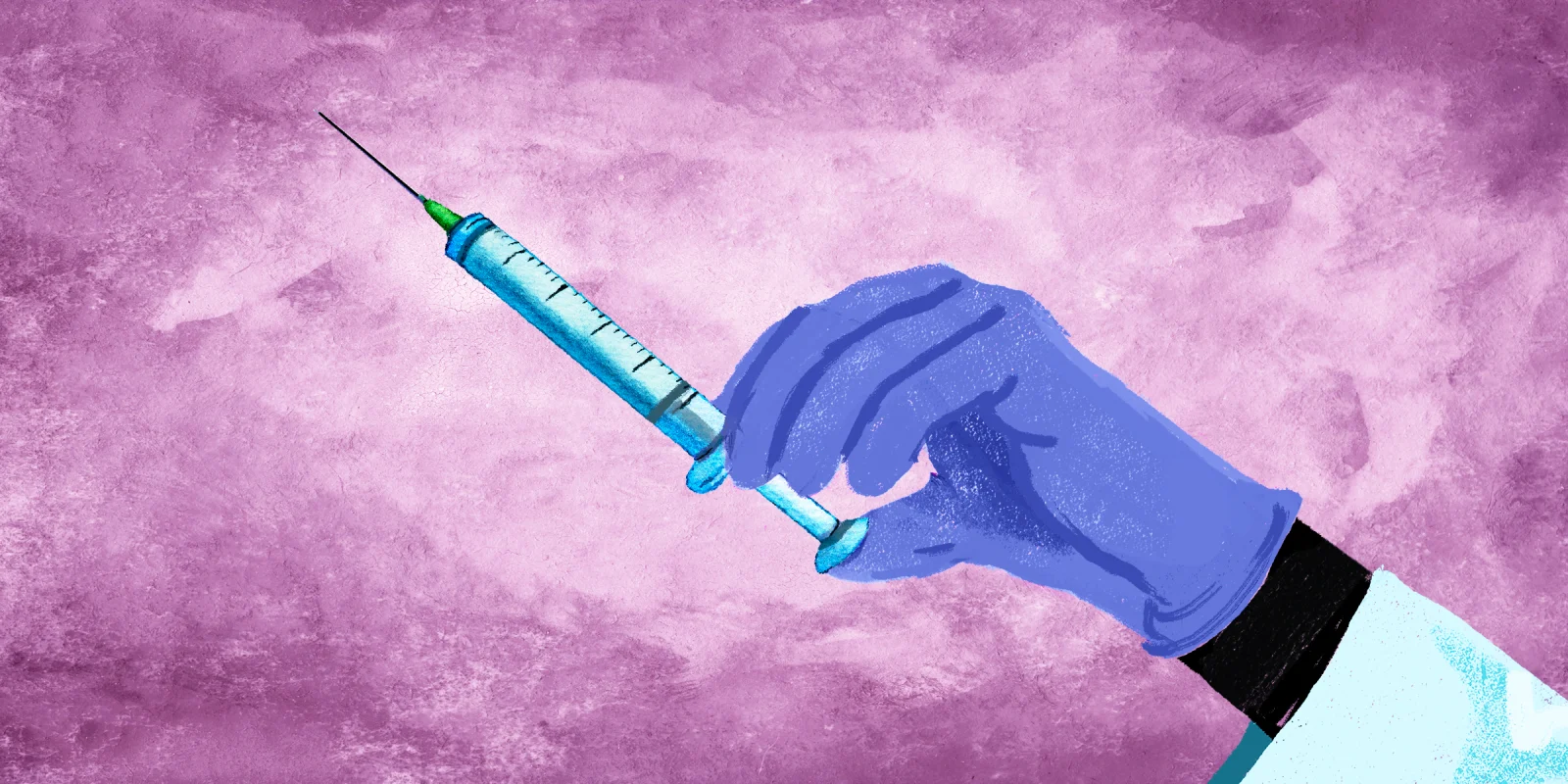Relapsed, refractory multiple myeloma (RRMM) that progresses after all available therapies represents an unmet medical need that is addressed by talquetamab, a first-in-class, off-the-shelf, T-cell redirecting, bispecific IgG4 antibody targeting CD3 and GPRC5D. GPRC5D (G protein-coupled receptor, family C, group 5, member D) is an orphan receptor highly expressed on malignant plasma cells with limited expression in normal human tissues, including hematopoietic stem cells, and a new target in MM.
At ASH, Ajai Chari, MD, presented updated results from the phase 1/2 MonumenTAL-1 trial (NCT03399799/NCT04634552). Phase 1 dose-escalation results were published simultaneously with this presentation. Adults with RRMM after ≥3 prior lines of therapy including proteasome inhibitors, immunomodulatory agents, and an anti-CD 38 antibody who were T-cell redirection therapy (TCRT)-naïve received 0.4 mg/kg talquetamab subcutaneously weekly (QW; n=143) or 0.8 mg/kg subcutaneously every other week (Q2W; n=145).
Most patients (60%) had high-risk MM, receiving 5 lines of therapy over 6.7 years. The overall response rate (ORR) was similar for both schedules: 74.1% vs 73.1% for the low versus higher dose (median follow-up 14.9 months vs 8.6 months). ORR for those with triple-class refractory MM was 72.6% vs 71.0%, and for penta-drug refractory MM was 71.4% vs 70.6%. ORR was consistent across all subgroups.
For those in CR, median duration of response was not reached. Median progression-free survival was 7.5 months for the lower and 11.9 months for the higher doses. Most high-grade adverse events were cytopenia limited to the first few cycles. Infections occurred less frequently than for BCMA-targeting MM therapies, and IVIG use was low. Dr. Chari pointed out that only 2 patients died from COVID-19 even though the study took place in New York, a COVID-19 epicenter, and initiated before the availability of vaccines.
High grade non-hematologic event rates were low. The most common adverse event included mostly low-grade cytokine release syndrome during the step-up and first full dose, skin-related events treatable with steroids, nail-related events, and dysgeusia, managed with supportive care and occasional dose-reductions.
A third cohort receiving prior TCRT and either dose (n=51) had an ORR of 62.7% (72.2% with prior CAR-T, 44.4% with prior bispecific antibody), and a comparable safety profile.
Studies evaluating talquetamab versus or in combinations with other anti-myeloma agents are ongoing or planned.
Dr. Lederman has no conflicts of interest to report.
Illustration by Jennifer Bogartz / Diana Connolly







